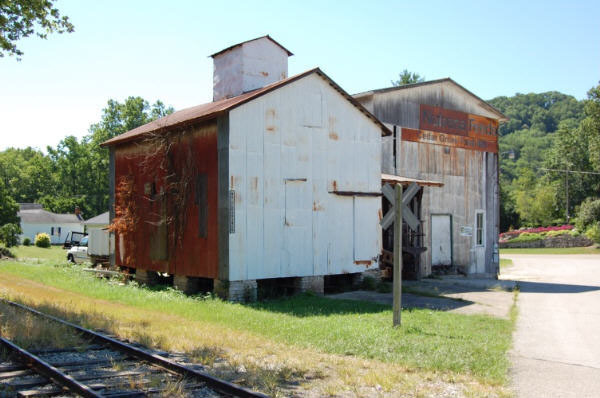I’ve written before about the connections I see between the fine arts and modeling. In fact, TMC Vol. 10 (available now) covers that subject in-depth. These days I look at a building, a piece of rolling stock or landscape element as distinctive objects that have a recognizable likeness, just like a person’s face.
With that mindset, modeling said object becomes an exercise in capturing that likeness just as a portrait artist strives to capture the features of a person’s face. Modeling presents an opportunity to do an in-depth study of the individual object as it exists in the world, rather than cranking out some generic facsimile.
This isn’t a new theme for the blog, as long term readers will know but it’s one that has multiple layers of depth to explore. I’ve reached a point where I’m asking some serious questions about what I’m doing with this craft today and what I might do in the future. Do I proceed down the same old road or take a stroll down another that looks interesting?
I’ve been looking at the activities in other modeling disciplines and thinking about what they might offer to our craft. I have no answers as yet, just a sense that a positive change is on the horizon.
Regards,
Mike

Mike,
I have been looking at prototype structures in a different light recently. Creating more freelance projects, the challenge is finding structures that not only tell a story themselves, but also help support the story behind the layout theme.
For example, finding suitable farm houses, barns, and associated outbuildings for the mid 1920s. Just yesterday, I drove by a suitable farmhouse that has a large stack of chopped wood under its porch. A forgotten, but important detail in an age were some people were still using cook stoves heated by wood in their kitchens. Such a minor detail, but tells a story about the structure and supports the total layout story of a rural village served by a narrow gauge farmer’s railway.
Historical dioramas, especially military dioramas since it appears to be such a big hobby, offer our hobby a lot about telling a story. I have been looking at some of their literature of late. Of added benefit, you get to learn more about working with figures, an all to often forgotten piece in model railroading.
Matt
Hi Matt,
That’s a great example. I’d hazard a guess that far more people were still using wood burning cookstoves in the twenties than not. Not only that but wood burning stoves and fireplaces were still the primary sources of heat for many in that era too.
My own grandmother never cooked on anything but a wood fired cookstove well into the 1960s!
There are hundreds of examples of the human touch and nature’s weathering effects to see once you realize they’re present and train yourself to see them.
It’s good that you’re looking outside the traditional hobby sources for inspiration, because that’s where it will be found.
Regards,
Mike
Mike,
A model railroad reference for you. Building a Model Railway, Designing A Layout by Barry Norman. Excellent Wild Swan Publication @1997. I am sure some of your other readers may know of this book. Mr. Norman places importance on the scene, even trackside village buildings and their contribution to the scene. Of course, for the non-English style modelers, the limited size of the layouts presented maybe be somewhat different, but for someone accustomed to the smaller layout with fiddle yards built to finescale standards, I recommend this book.
Matt
Haven’t seen that one Matt but am aware of it. I do have his landscape book in my library along with other Wild Swan titles. They’re all excellent.
Regards,
Mike